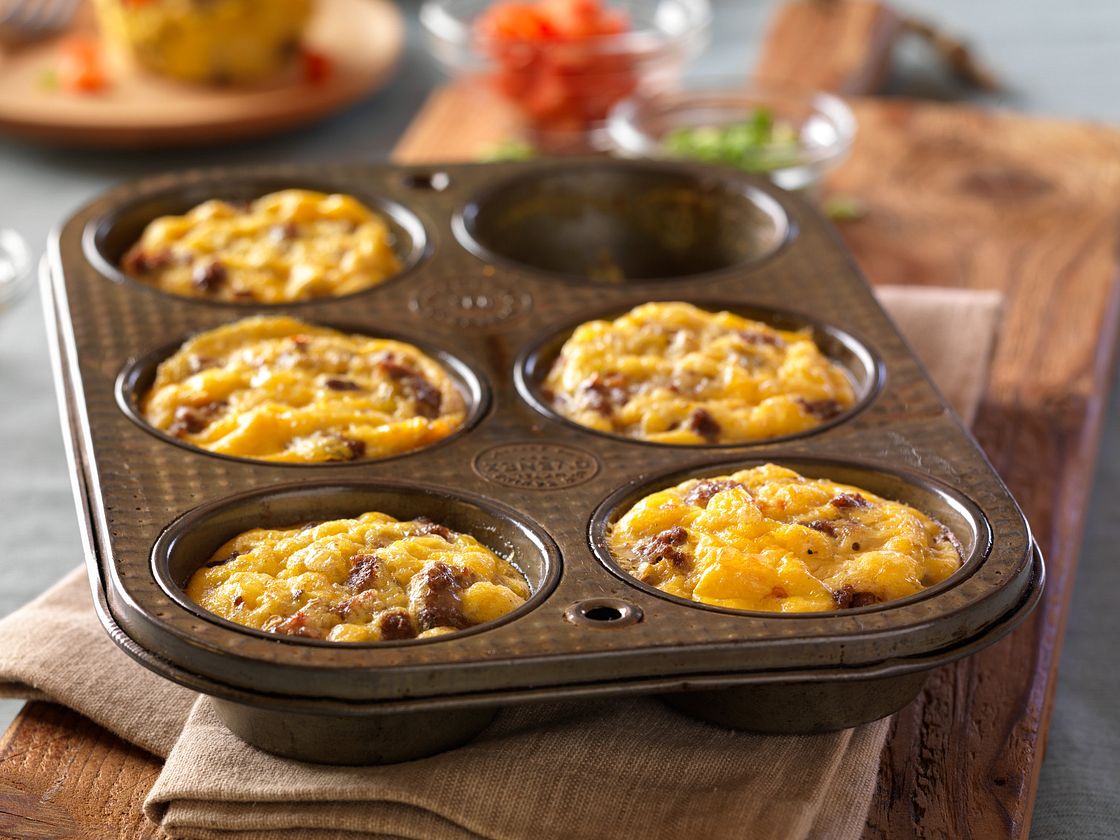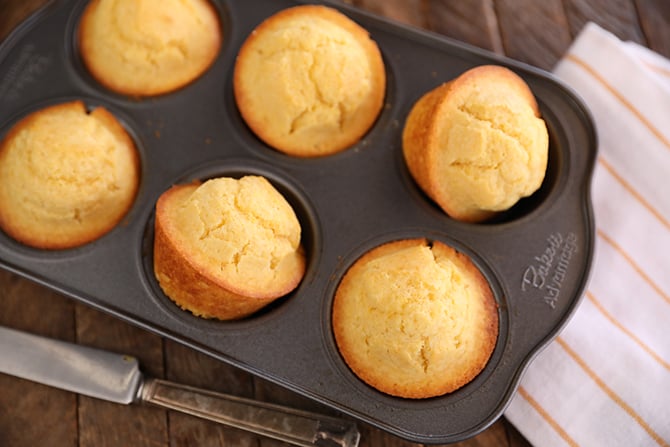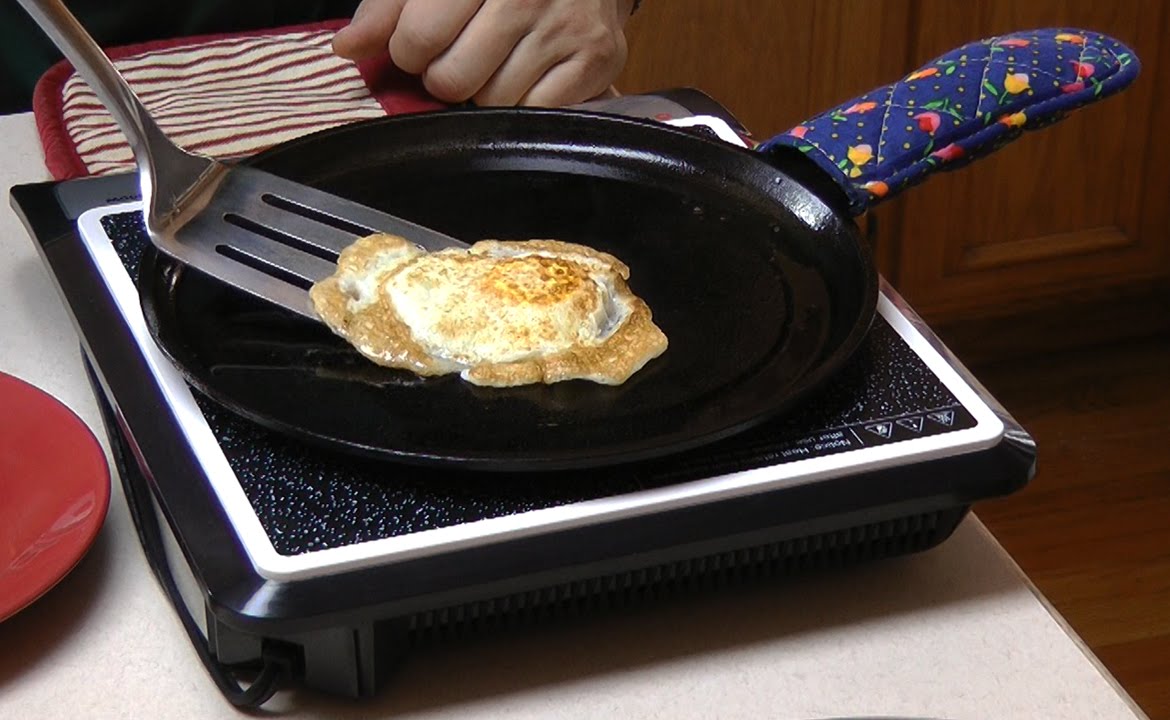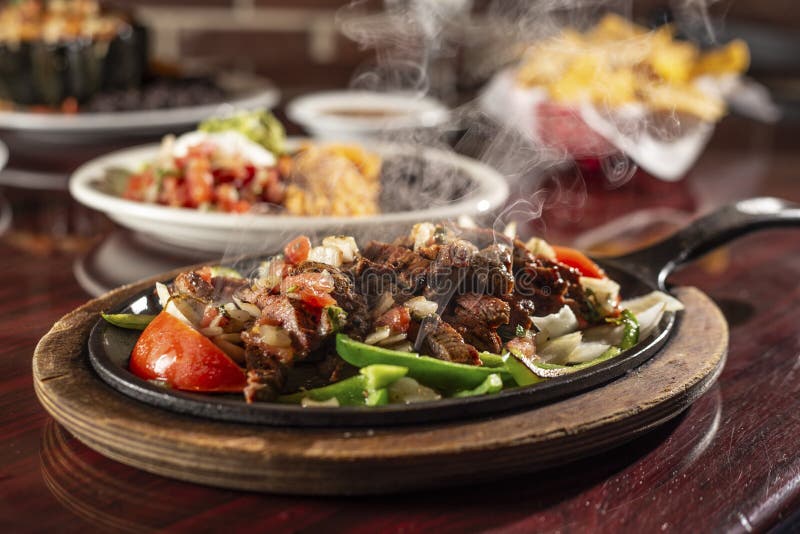For many kitchen professionals, the allure of using a cast iron muffin pan lies in its ability to deliver consistent heat and create beautifully browned muffins. However, a common issue encountered is uneven baking in a cast iron muffin pan. This problem can be frustrating, leading to muffins that are overcooked on the outside and undercooked on the inside. Understanding why this happens and how to address it is essential for achieving perfect results.
Cast iron is renowned for its heat retention properties, but this very characteristic can contribute to uneven baking if not managed properly. The heavy material takes longer to heat up and cool down, meaning that the edges of the muffin pan may become hotter than the center. This can result in muffins that bake unevenly, with some sections cooking faster than others.

Causes of Uneven Baking
The primary reason for uneven baking in cast iron muffin pans is the nature of cast iron itself. Unlike lighter materials such as aluminum, cast iron requires more time to reach an even temperature throughout. Additionally, if the pan is not properly preheated, the batter will begin cooking unevenly as soon as it is placed in the oven.
Another factor contributing to uneven baking is the condition of the muffin pan. If there are any rust spots inside muffin cups or if the pan is not evenly seasoned, it can cause hot spots that lead to uneven cooking. Proper maintenance and regular seasoning of your cast iron can help mitigate these issues.
Solutions to Achieve Even Baking
Achieving even baking in a cast iron muffin pan requires a few strategic adjustments. First, ensure that the pan is adequately preheated. Placing the pan in the oven while it preheats can help ensure that the entire surface reaches a consistent temperature before adding the batter. This prevents the batter from beginning to cook before the pan is ready.
Another solution is to rotate the muffin pan halfway through the baking process. This simple step can help balance out any uneven heat distribution within the oven itself. Additionally, consider using a cooking rack to elevate the muffin pan, allowing hot air to circulate more evenly around it.
Enhancing Your Baking with Cast Iron
Despite the challenges, baking with cast iron offers several advantages. The material's ability to maintain heat makes it ideal for recipes that require a longer cooking time. Furthermore, cast iron muffin pans can impart a unique flavor to baked goods, enhancing the overall taste.
If you're struggling with muffins sticking in the pan, make sure to properly season your cast iron. This process creates a natural non-stick surface that can also help with even heat distribution. For more insights, you can check out our guide on muffins sticking in cast iron pan.
Common Mistakes to Avoid
Avoiding common mistakes can greatly improve your results when using a cast iron muffin pan. One frequent error is overfilling the cups, which can lead to uneven cooking as the batter expands. Additionally, using the wrong type of batter can have an impact. Some recipes may be too delicate for the robust heat of cast iron, leading to a less than ideal texture.
It's also important to avoid sudden temperature changes. Placing a cold pan into a hot oven can cause thermal shock, leading to cracking or warping. Always allow your pan to come to room temperature before placing it in the oven.
Why Choose Cast Iron?
So why choose cast iron despite these challenges? For many chefs and home bakers, the benefits outweigh the drawbacks. Cast iron provides a durability that other materials cannot match, making it a worthwhile investment for any kitchen. It also offers a distinct aesthetic appeal, adding a rustic charm to your baking endeavors.
Additionally, cast iron is versatile and can be used on various heat sources. Whether you're baking in an oven or cooking on a stovetop, a cast iron muffin pan can adapt to your needs. Plus, with proper care, it can last a lifetime, becoming a cherished heirloom passed down through generations.

FAQ Section
Why does my cast iron muffin pan bake unevenly?
Uneven baking in a cast iron muffin pan is often due to improper preheating or uneven seasoning of the pan. Ensuring the pan is fully preheated and properly seasoned can help mitigate this issue.
How can I prevent my muffins from sticking?
To prevent sticking, ensure your cast iron pan is well-seasoned and consider using a light coating of oil or cooking spray before adding the batter.
Is cast iron better than non-stick for baking muffins?
Cast iron offers superior heat retention and durability, making it ideal for certain recipes. However, it requires more maintenance than non-stick options to prevent sticking and ensure even baking.
For more tips on utilizing muffin pans effectively, explore this collection of muffin pan recipes.
This article contains affiliate links. We may earn a commission at no extra cost to you.






Leave a comment
This site is protected by hCaptcha and the hCaptcha Privacy Policy and Terms of Service apply.